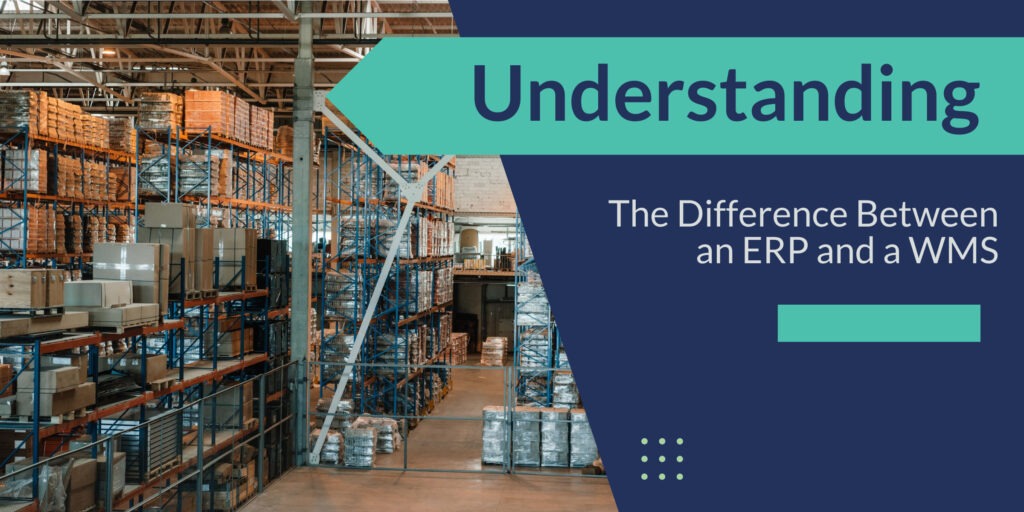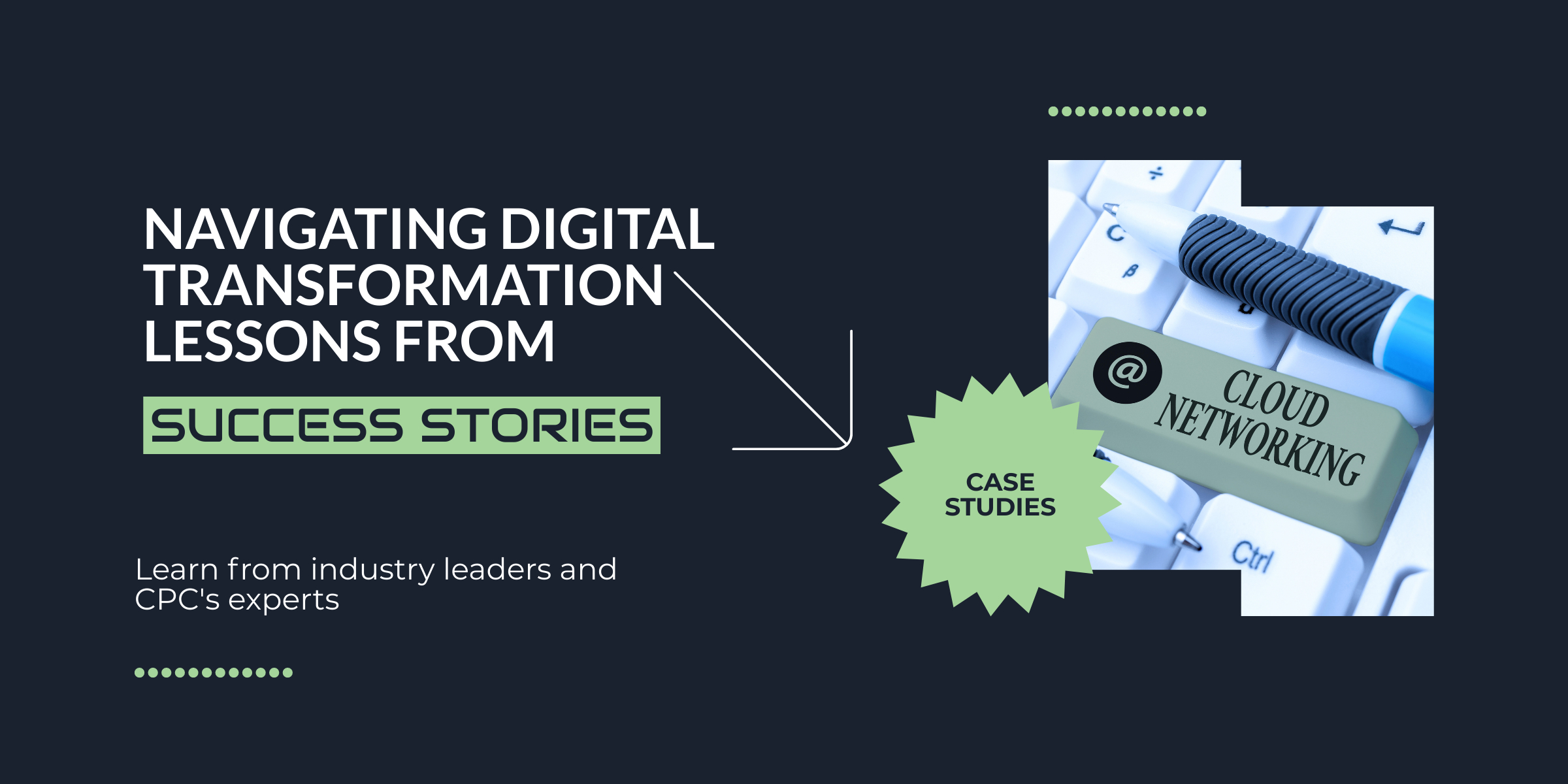Maximizing Efficiency: How ERP and WMS Transform Warehouse Operations for Unmatched Performance
As a diligent warehouse manager, you are continuously on the hunt for effective strategies to enhance your business operations with the ultimate goal of achieving greater efficiency, minimizing operational costs, and significantly elevating customer satisfaction levels. In this endless and dynamic pursuit of operational excellence, the implementation of the right technology emerges as a crucial factor. Leveraging cutting-edge software, specifically designed to meet the unique needs of warehouse operations, can profoundly transform the way your warehouse functions. By introducing advanced technological solutions, you not only streamline day-to-day operations but also pave the way for substantial improvements across various aspects of business performance, from inventory management to order fulfillment and beyond. This strategic integration of technology not only positions your warehouse for future growth but also sets a new standard in operational efficiency and customer service excellence.
Among the plethora of software options available for warehouse management, Enterprise Resource Planning (ERP) systems and Warehouse Management Systems (WMS) stand out due to their widespread adoption and proven effectiveness in streamlining operations. Yet, despite their popularity, there remains a degree of confusion among warehouse managers regarding what these systems are designed to do and how they differ from each other.
This article is dedicated to illuminating the intricacies of ERP and WMS software systems. It offers a comprehensive examination of their functions, advantages, and the distinct differences between them. Upon concluding this piece, readers will possess a deeper insight into both ERP and WMS technologies, enabling them to make a well-informed choice on the software that best aligns with their business’s specific requirements. This decision is a critical step towards enhancing operational efficiency, achieving cost reductions, and elevating customer satisfaction levels.
An ERP (Enterprise Resource Planning) system is an all-encompassing software solution designed to streamline and automate the myriad of processes and departments across a business, all from within a single, integrated platform. This sophisticated tool is tailored to foster operational excellence by providing real-time insights and visibility into every facet of the business operations. It aims to enhance the efficiency of the entire organization and bolster informed decision-making across various critical departments, including finance, human resources, inventory management, procurement, and beyond. By centralizing data and processes, an ERP system eliminates redundancies, reduces errors, and facilitates a smoother flow of information across the enterprise, thereby contributing significantly to the bottom line.
In contrast, a WMS, or Warehouse Management System, offers specialized functionalities that are specifically geared toward optimizing the intricacies of warehouse operations. This highly focused software is pivotal in managing the physical handling of goods, recording and processing warehouse transactions, and elevating inventory accuracy and visibility. It plays a crucial role in streamlining operations such as picking, packing, shipping, and receiving, ensuring that products are moved efficiently through the warehouse and ultimately, to the customer. A WMS can be seamlessly integrated with other business systems, including ERPs, to provide a more comprehensive view of operations, or it can function effectively as a standalone product, tailored to meet the unique requirements of the business’s warehousing strategy. Whether integrated or standalone, a WMS is instrumental in reducing operational costs, improving customer satisfaction, and driving overall business performance.
How to Choose the Right System for Your Business Needs
When it comes to deciding between implementing an ERP (Enterprise Resource Planning) system or a WMS (Warehouse Management System), understanding the specific needs of your business is crucial. Here are three detailed factors to consider that can help guide your decision:
1. Long-Term Business Objectives: Begin by examining your long-term business goals. ERP software offers a comprehensive solution that supports the overall optimization of business operations across various industries. It’s designed to enhance efficiency, streamline processes, and facilitate data-driven decision-making across all departments of a company. On the other hand, WMS software focuses specifically on optimizing warehouse operations, including inventory management, picking and packing processes, and shipping. If your primary objective is to increase inventory accuracy, improve order fulfillment rates, and streamline warehouse operations, then a WMS might be the ideal choice. However, if your vision includes scaling operations, entering new markets, diversifying product lines, or integrating complex business processes, an ERP system will likely serve your needs better by providing a unified platform for managing the entire business ecosystem.
2. Integration Capabilities: Another critical factor to consider is the integration capabilities of your current systems with the new ERP or WMS software. Assess the compatibility of your existing software and systems with the new solution. It’s crucial to understand the technical requirements and the extent of customization needed for seamless integration. Consider consulting with IT specialists or software providers to evaluate the feasibility of integration. Take into account the time, resources, and potential disruption involved in the implementation process. A solution that easily integrates with your existing infrastructure will minimize transition challenges and accelerate the realization of benefits.
3. Resource Allocation and Change Management: Implementing a new ERP or WMS system is a significant investment in terms of time, money, and human resources. It requires careful planning and effective change management to ensure a smooth transition. Consider the training needs of your staff, the support from the software vendor during and after implementation, and the long-term maintenance of the system. Evaluate how each option aligns with your capacity to manage change within your organization. A successful implementation will depend not only on the software chosen but also on your organization’s readiness to embrace new processes and technologies.
In conclusion, choosing between an ERP and a WMS system depends on a comprehensive analysis of your business goals, integration capabilities, and readiness for change. By considering these factors thoroughly, you can make an informed decision that aligns with your strategic objectives and enhances your operational efficiency.
Finally, when evaluating software options, it’s crucial to assess the Return on Investment (ROI) each software can potentially deliver. Conducting an effective ROI analysis involves comparing the cost of software implementation and ongoing maintenance against the expected benefits, such as heightened productivity, minimized errors, and enhanced accuracy. While ERP (Enterprise Resource Planning) software may present a higher initial investment due to its comprehensive scope, it often generates more significant benefits compared to WMS (Warehouse Management System) software because it encompasses a broader range of company operations.
Both ERP (Enterprise Resource Planning) software and WMS (Warehouse Management System) software serve as invaluable tools that significantly enhance the efficiency of warehouse operations and contribute positively to the broader spectrum of business processes. An ERP system is an integrated solution meticulously designed to manage and streamline business activities across various departments, including finance, HR, manufacturing, and supply chain management. By fostering enhanced efficiency and ensuring data coherence, ERP systems facilitate informed decision-making and strategic planning across the entire organization.
On the other hand, WMS software is a specialized solution crafted with the sole purpose of optimizing the day-to-day operations of warehouses and distribution centers. It zeroes in on critical tasks such as inventory management, order fulfillment, and shipping, all while aiming to reduce errors and improve overall operational efficiency. A robust WMS can dramatically transform how a warehouse functions, from streamlining the receipt of goods to efficiently managing storage and speeding up order processing times.
The decision to implement either Enterprise Resource Planning (ERP) or Warehouse Management System (WMS) software—or potentially integrate both into a unified system—hinges on a comprehensive evaluation of various factors. These factors include but are not limited to, the specific business objectives the organization aims to achieve through technology adoption, the degree of necessary system integration to ensure seamless operations across all departments, and the anticipated return on investment (ROI) that the adoption of such systems is expected to generate. Such considerations are paramount in guiding businesses toward the most suitable software solution that not only aligns with their operational needs but also supports their financial goals and growth trajectory in the long term.
Choosing the right system extends beyond a simple comparison of features; it requires a deep understanding of the current operational challenges the organization faces, a clear vision of how technology can be leveraged to overcome these hurdles, and a strategic approach to drive business success. Furthermore, assessing the scalability of the software is crucial, as the chosen solution should be capable of adapting to the evolving needs of the business, accommodating future growth, and expanding in functionality as required. Engaging stakeholders from various departments in the decision-making process can provide valuable insights into the practical needs and integration requirements, ensuring the selected solution delivers comprehensive benefits across the organization.
Selecting the right ERP or WMS software is a strategic decision that demands careful consideration of a multitude of factors. By meticulously evaluating their specific needs, organizations can select a system that not only improves operational efficiency and integrates seamlessly across business functions but also provides a solid foundation for future growth and success.
Deciding on the right software is a strategic move towards enhancing operational efficiency, boosting productivity, and ultimately, improving the financial health of your business. For organizations deliberating over which system—ERP or WMS—best fits their unique requirements, it’s advisable to engage in a comprehensive consultation. If you’re keen on exploring which solution aligns with your business objectives and how you can maximize your investment, book a consultation today with one of our specialists. Our experts are dedicated to helping you navigate your options and ensuring that your software selection facilitates your business’s growth and success.







